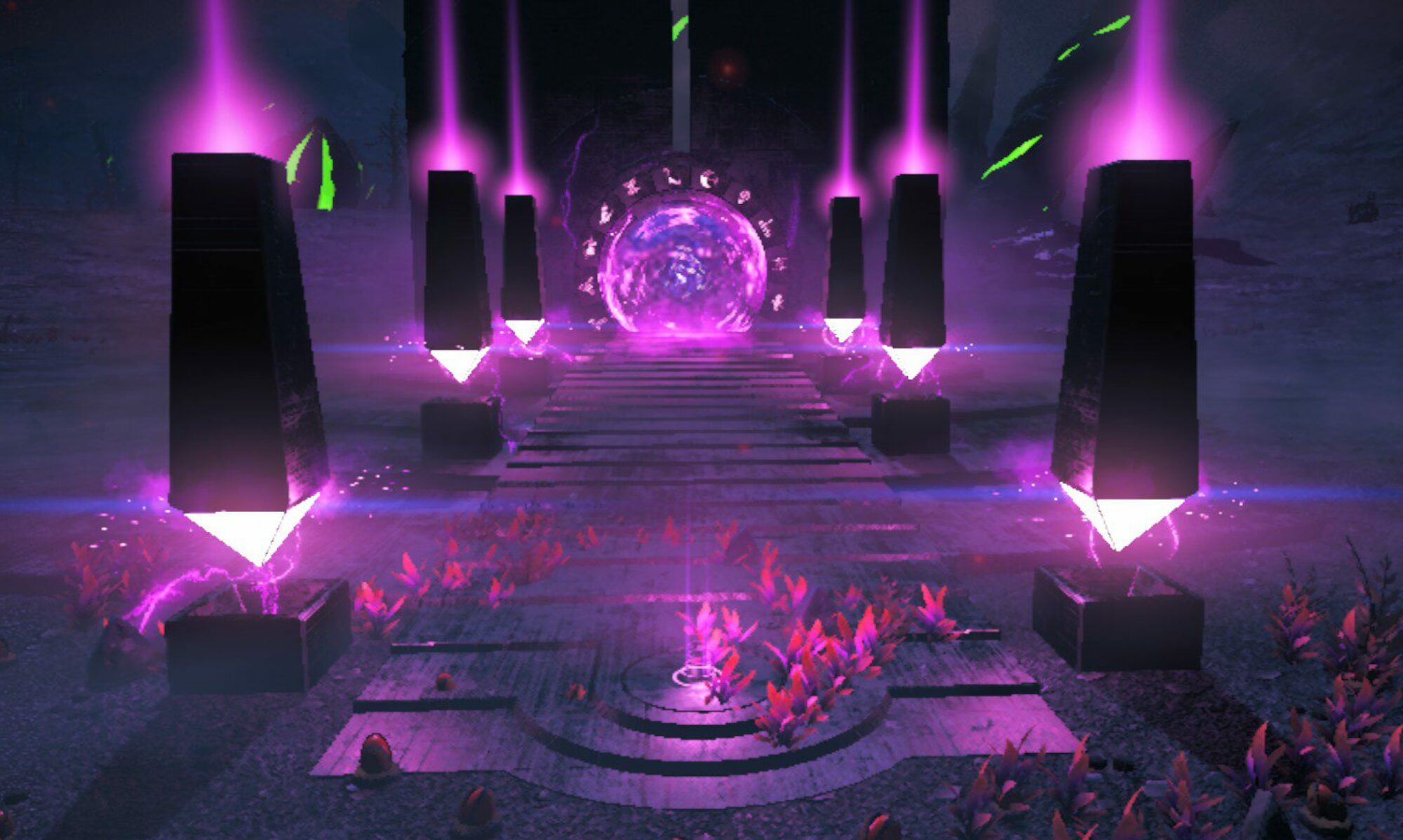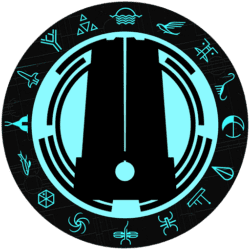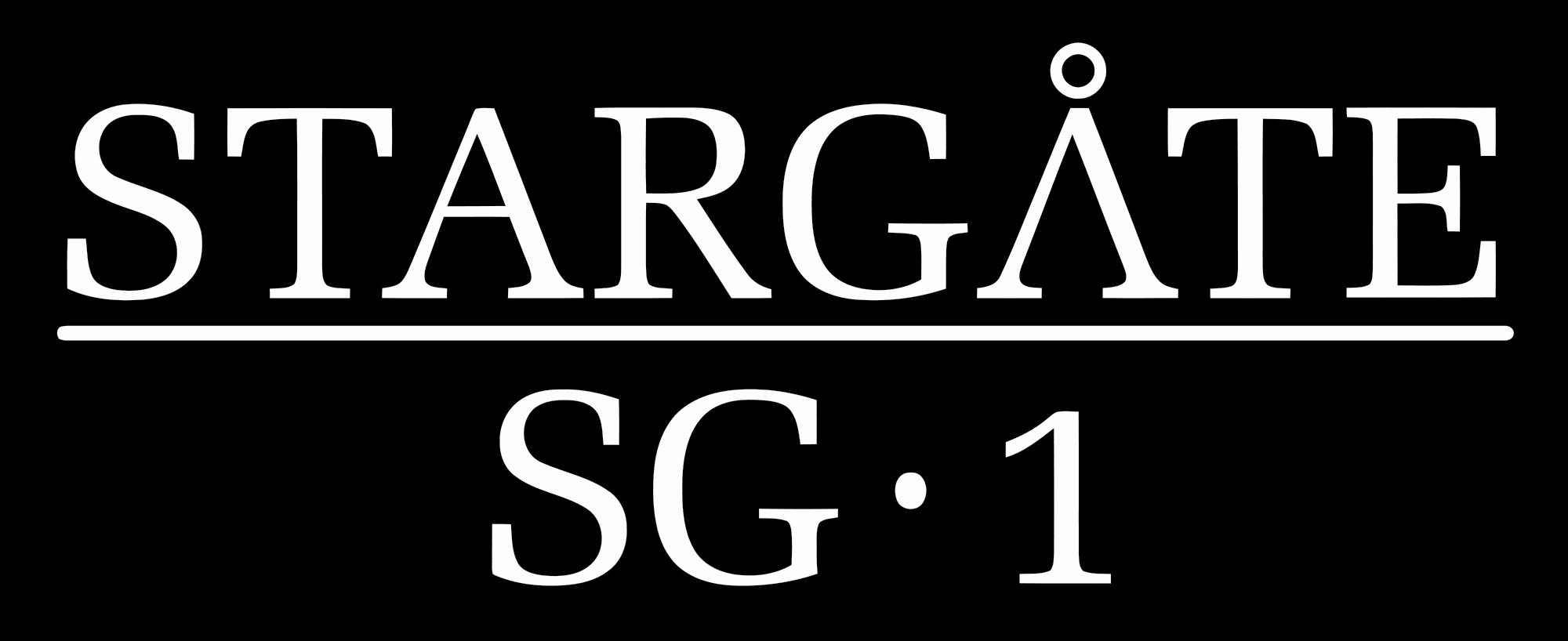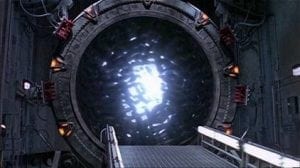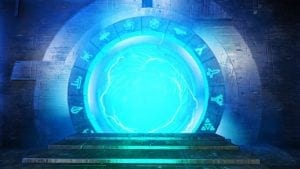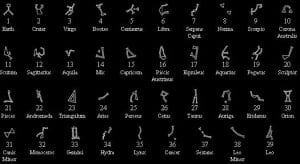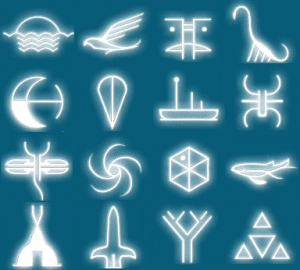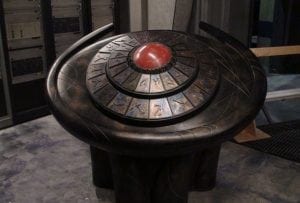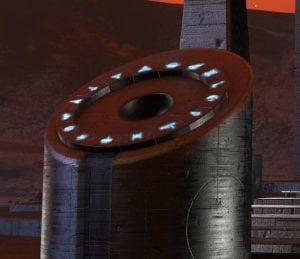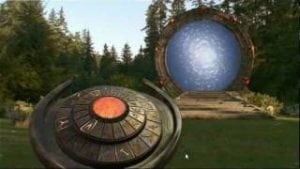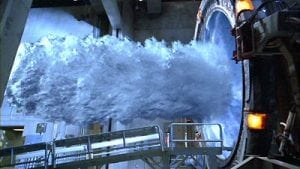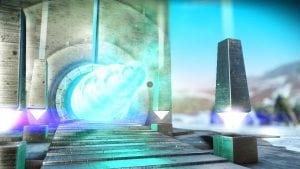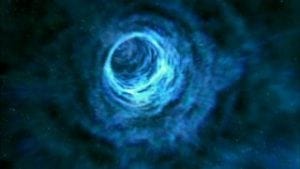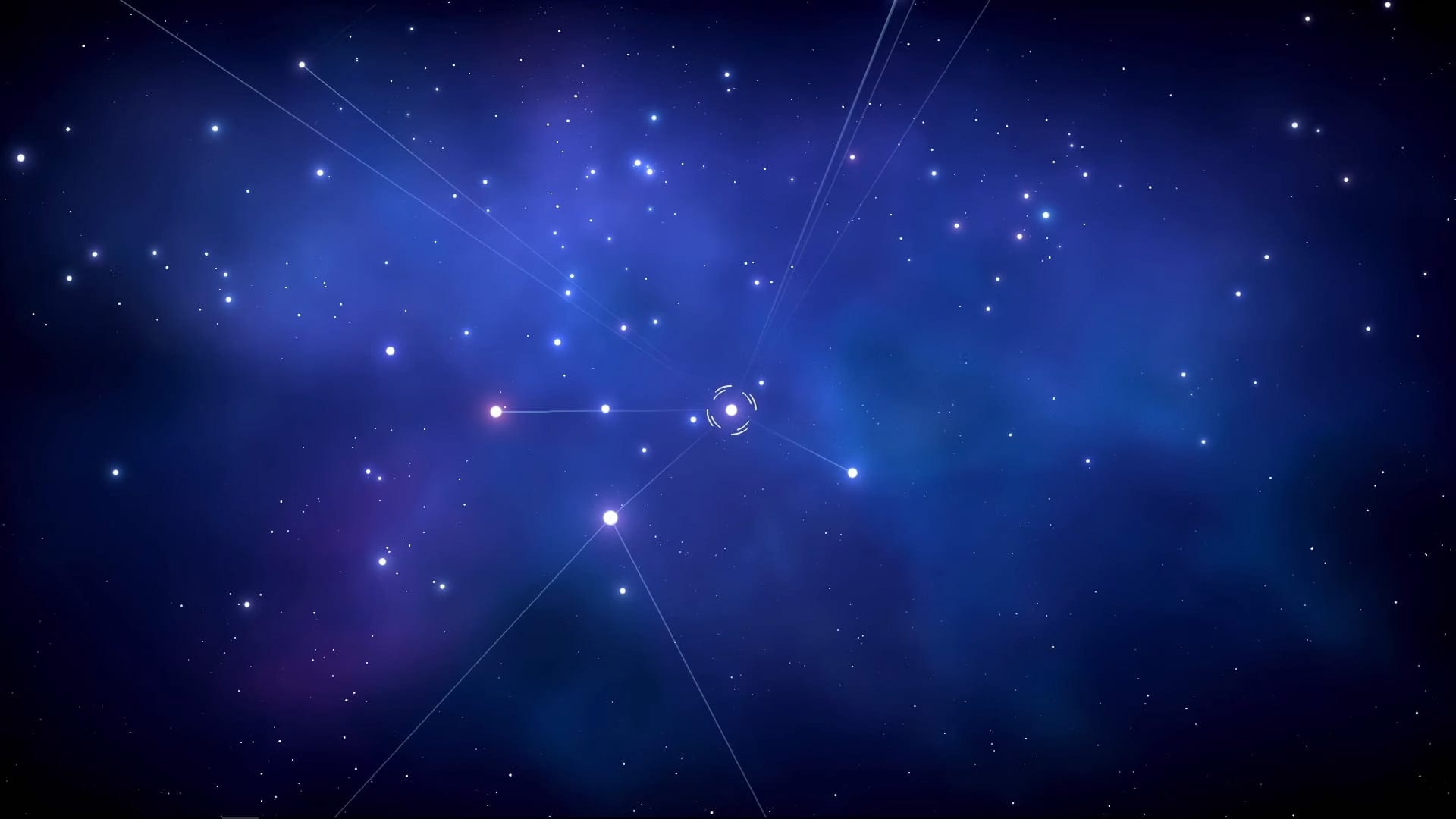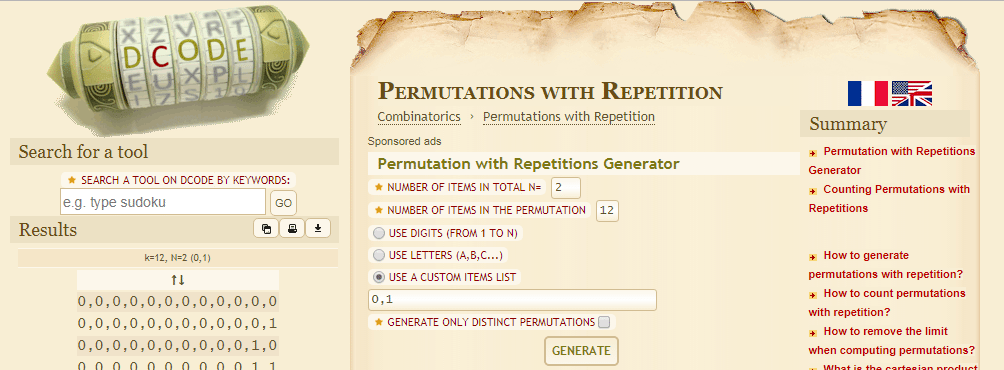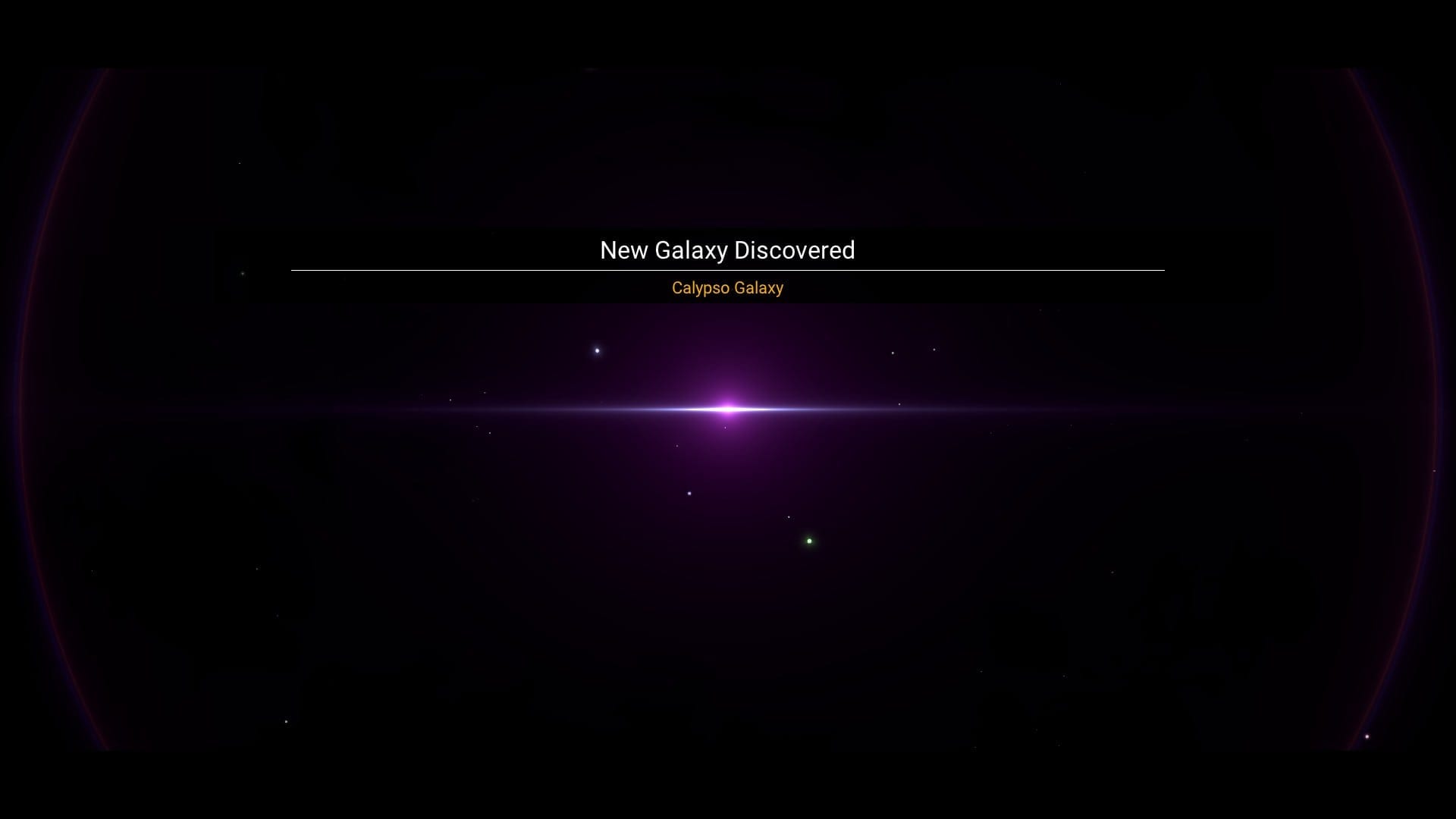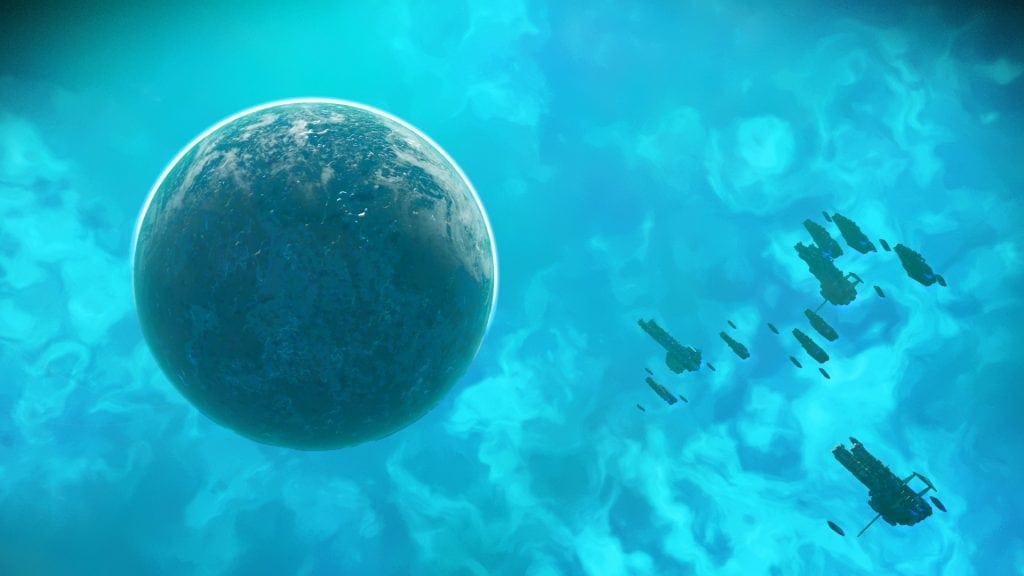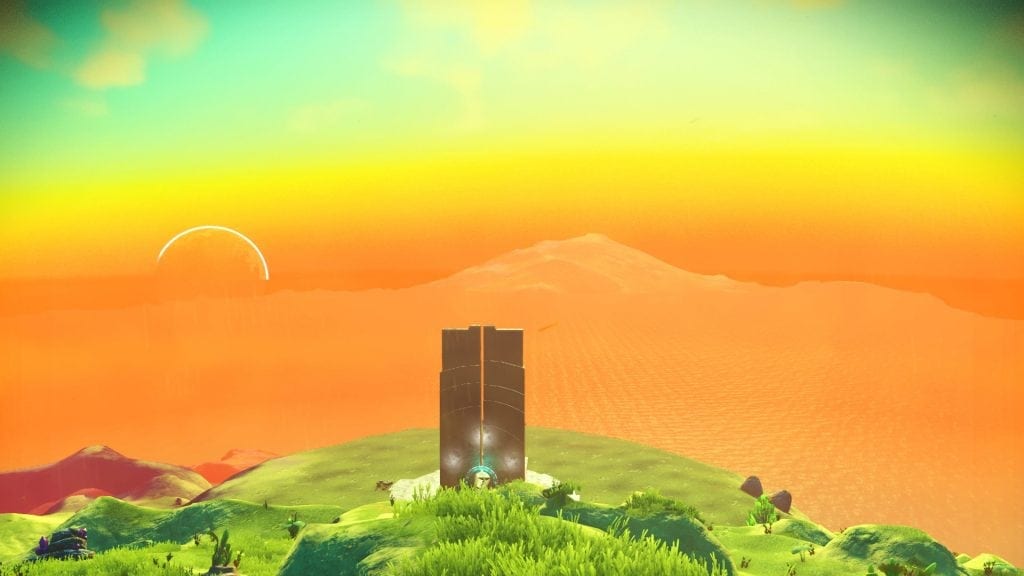Have you ever wondered what inspired the Portal system in No Man’s Sky? As a fan of Stargate SG-1, in my opinion it’s quite clear that the portals in No Man’s Sky are conceptually-inspired by the stargates from the TV show. Don’t believe me? Below I compare and contrast between stargates and portals, and you can be the judge:
The Concept
- Stargate: A series of ancient circular devices that create a stable artificial wormhole in order to allow near-instantaneous transportation between two devices (generally within the same galaxy).
- No Man’s Sky: A series of ancient monolithic devices that, when activated, allow near-instantaneous transportation between two devices (exclusively within the same galaxy).
The Coordinates
- Stargate: An address within the same galaxy uses seven symbols which are based on constellations. Each of the first six symbols represents a point in 3-dimensional space, with the seventh symbol being the point-of-origin which is unique to wherever the gate is being dialed from. There are a total of 39 different symbols, including the unique point-of-origin which are engraved on an inner spinning ring.
- No Man’s Sky: An address consists of twelve glyphs which use hexadecimal coordinates to determine a location within a galaxy. The glyphs are engraved on a spinning ring around the portal’s entrance. The first glyph identifies the portal index within a star system, the next three glyphs determine the solar system index within a region of space, the next two represent the galactic y axis, the next three glyphs identify the galactic z axis, and finally the last three glyphs determine the galactic x axis.
The Dialing Device
- Stargate: The Milky Way stargates are normally dialed using a circular pedestal that traditionally sits somewhere in front of the ramp. This pedestal is called the “Dial Home Device” or “DHD”. All 39 symbols are included on it, including the unique point-of-origin symbol. After dialing all 7 symbols the gate is activated by pressing down on the large orange button in the center of the DHD.
- No Man’s Sky: Portals are dialed using a circular pedestal that springs up from a recessed area in front of the ramp. All 16 symbols are included on it. There is no activation button.
The Dialing Sequence
- Stargate: As each symbol is pressed on the DHD it is illuminated on the pedestal. Then the inner ring of the stargate spins to center the selected symbol to align with the respective chevron on the gate itself. Each of the 6 chevrons on the sides of the gate illuminate in order, then as the 7th top chevron “locks” the gate activates.
- No Man’s Sky: As each glyph is dialed from the pedestal the ring around the portal’s entrance rotates to position the glyph at the top, which is then displayed on the Traveller’s screen. Once all twelve glyphs have been entered the portal automatically activates.
The Activation
- Stargate: When the gate is activated the artificial wormhole briefly forms an unstable vortex sometimes referred to as the “Kawoosh” before settling into a stable event horizon.
- No Man’s Sky: When the portal is activated an unstable vortex briefly forms before settling into a stable event horizon.
The Travel
- Stargate: Travel through the gate’s wormhole is unidirectional. Once on the other side of the gate the wormhole disengages and the user must re-dial their origin gate to return (or they can dial any other address)
- No Man’s Sky: Travel through the portal is bidirectional. Once on the other side the portal remains active and is unable to be deactivated. User simply needs to walk back through the event horizon to teleport back to their origin.
So as you can see there are many characteristics of portals in No Man’s Sky that are reminiscent of stargates from Stargate SG-1. No Man’s Sky has always touted itself as being inspired by many different science fiction works and I think we can safely say that Stargate SG-1 is one such inspiration. Are there any other similarities between portals and stargates that you can think of? Leave a comment below to share your thoughts!
